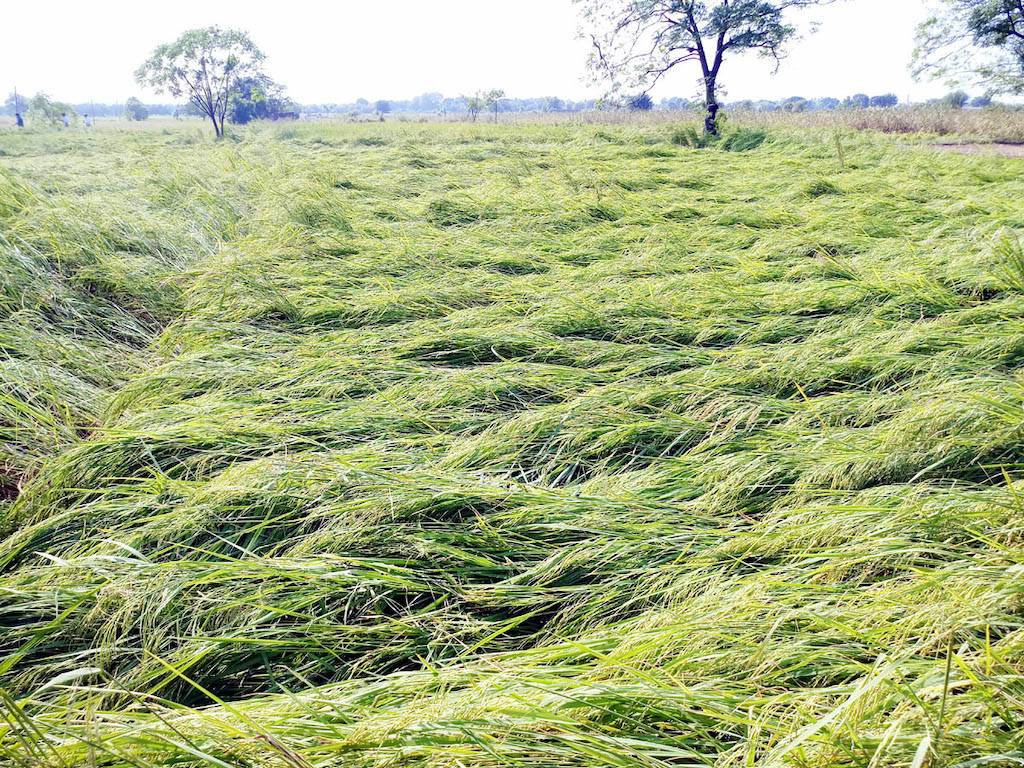
In Punjab’s Bathinda and Mansa districts, heavy rain combined with high winds early this week flattened the matured paddy in the fields and also destroyed the cotton crop.
Farmers claimed they were already suffering from the pink bollworm infestation, and the inclement weather will exacerbate their problems by delaying the harvest. Combine Harvesters aren't designed to gather flattened crops, so they're concerned.
The greater moisture content of the crop is also a source of concern for farmers right now. Wheat-sowing will also be delayed due to the unseasonably wet weather. "The paddy crop in our village has sustained severe damage. In addition to producing grain discolouration, the flattened crop will raise harvest costs," said Kulwant Singh, a farmer from Sivian village.
"Earlier the cotton crop was destroyed by pink bollworm, and now the rain has harmed fluffs that were fully matured and ready for picking. It will result in a loss of quality and discolouration," said Natha Singh, a farmer in Bathinda.
Rain, according to agricultural specialists, will have an impact on the quality of cotton bolls and paddy at this time. For around five days, the cotton harvest would be halted.
The paddy crop in several sections of Muktsar district was also destroyed by the thunderstorm. In other areas, the rain also harmed the cotton crop. Cotton producers even returned their crop to the mandis to dry it.
"I have cultivated paddy crop in seven acres, which has practically flattened due to high winds and rain," Jaswinder Singh, a farmer from Burj Sidhwan village, said.
Previously, the pink bollworm infestation in Punjab's cotton crop has been considerably worse than anticipated. Despite the fact that the attack had previously been felt in roughly 10 to 15 percent of the land in these regions, it has caused issues in nearly one-fourth of the acreage in the main cotton-growing districts of Bathinda and Mansa.
















